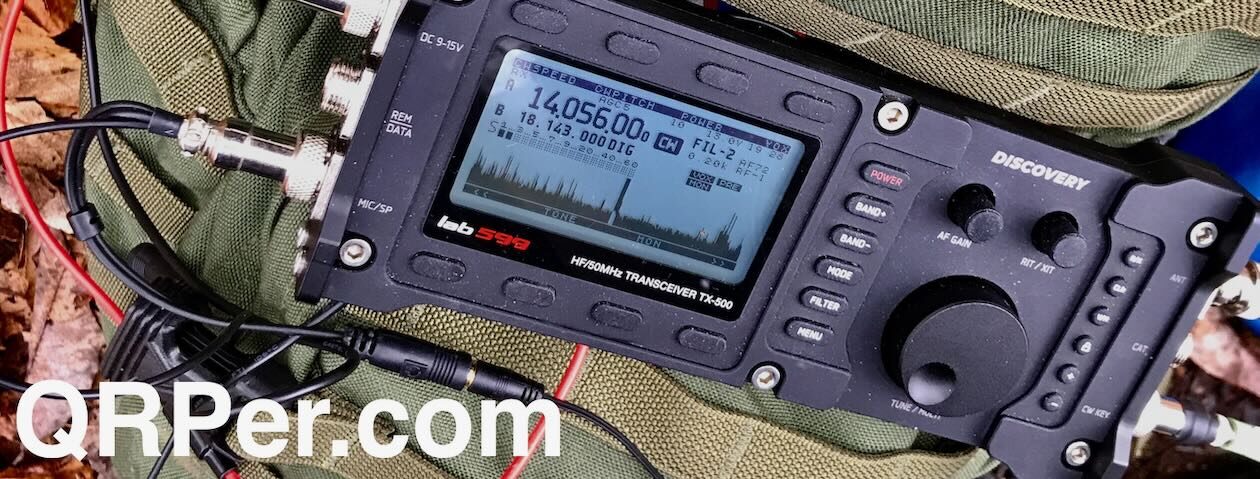As always there are lots of links within the article. Click one! Click them all! Learn all the things! ?
Ahhh .. few things in life compare to the view one sees while lakeside in the mountains. The flat water is a stark contrast to the towering mountains nearby. There is at least a 4000′ difference in height between the two at my destination in this story. For me, nothing so succinctly tells me where I fit in the world as when I stand among these giants.
So It was with that big goal in mind that a drive through the mountains of Alberta’s Kananaskis Country region was called for. The drive would take me through sweeping vistas, over high mountain road passes, along nearly 100km of gravel roads in no-cell-service backcountry while racking up nearly 400km of travel in one day.
Along the way I activated two never-before done parks in the POTA system and scouted out one more to be done at a future date. This is the story of the lakeside activation… but first, watch the short video to understand why I’m gushing on the beauty of this particular spot and written this atypical (for me) article about the activation itself.
The Drive to the activation

For those of you that want to replicate this trip, here’s the route I took shown on the map above.
From just before when I turned north off Highway 541 to Highway 40, and until I reached Canmore, there is zero cell service. Same again turning onto Highway 68 from 40 until Bragg Creek.
Alberta has much backcountry that is well beyond cellular range. Working at The Candy Store(tm) as I do, I have access to items like the Zoleo Satellite Communicator to give me text messaging and SOS capabilities should I need them. Before I discovered SOTAmat, I used the Zoleo for all of my spotting in backcountry.
Continue reading The prettiest activation ever – Spray Valley Provincial Park















































